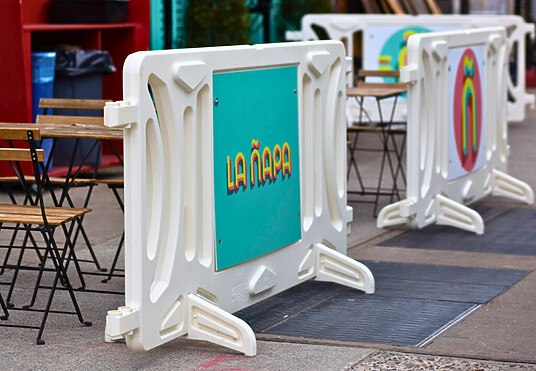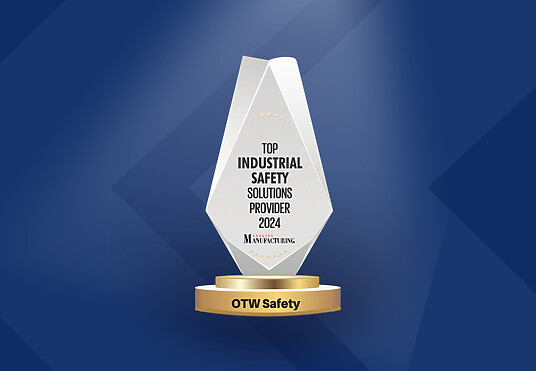30 Years in the Safety Industry
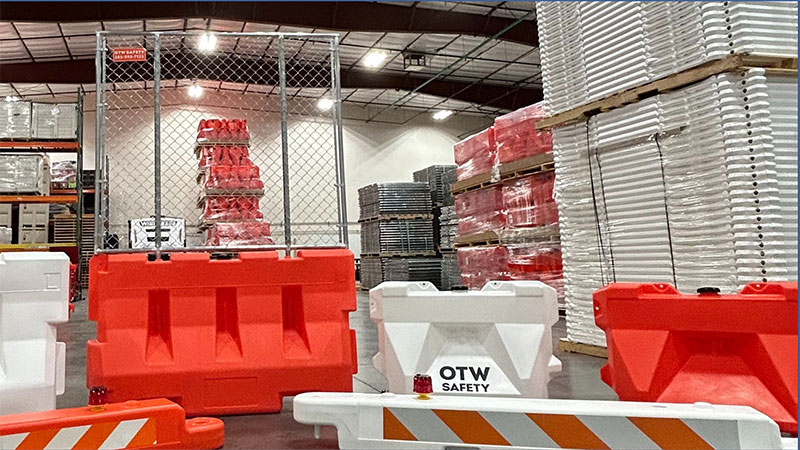
What we’ve learned after 30 years in the safety industry
Nearly three decades (2023 brings our 30th birthday!) in the safety industry has taught us much about the people and businesses we are honored to serve, the quality of products that we manufacture, and the intrinsic values that our company holds. We’ve learned that we cannot be complacent in upholding these values, and that each and every voice in our community is essential in continuing to provide excellent customer service, the best products in the industry, and a safe and rewarding place to work.
Here are just a few of the things we’ve discovered along the way that make OTW Safety the organization it is today!
Diversity matters in all capacities.
Women, specifically those of color, have faced obstacles, underrepresentation, and fewer opportunities than their counterparts since the beginning of their tenure in the workforce. While there has recently been progress to lessen the leadership gap and increase the percentage of women present in the C-suite (CEO, CRO, COO, etcetera), the divide has not closed so much as to come close to equality.
Consulting firm McKinsey and Company’s chief diversity and inclusion officer, Lareina Yee, said, “The average top team has one, two, or three women now… Even though that is not a full step to gender equality, we think it’s really important because when you have women at the most important decision-making table weighing in, that matters for companies.” This lack of female representation in the C-suite and higher management remains the precedent, in spite of 75% of black women, 65% of Hispanic women, and 46% of white women viewing themselves as “very ambitious” in progressing in their careers, according to CNBC and SurveyMonkey data.
“The average top team has one, two, or three women now… Even though that is not a full step to gender equality, we think it’s really important because when you have women at the most important decision-making table weighing in, that matters for companies.”
Lareina Yee, Chief Diversity & Inclusion Officer, McKinsey and Company
This (often unconscious) gender bias can be most frequently attributed to personal and family traditions, ingrained values, and cultural influences. OTW works tirelessly to combat these biases by not only providing seats for women at the table, but encouraging mentorship, cross-company support of women at all stages of life, and helping carve paths for those marginalized individuals to thrive and succeed in their chosen career paths.
“It is important for any organization or business to reflect the diversity of the people they serve. The safety and construction industries should be no exception. Having women within leadership positions brings new ideas, new voices, and new perspectives to industries that have historically been predominantly one-dimensional.
Yet, it is not enough to simply hire more women. Their voices, stories, histories, and perspectives need to be integrated into the mission and views of the organization – this needs to happen at every level. I’m honored to be at an organization that values diversity and equality and makes this a part of our company mission. OTW will continue to build a diverse team as we grow and be an active advocate against the gender pay gap.”
Marina Pastrana, CRO, OTW Safety
Decentralization of the workplace doesn’t mean that safety matters less.
In fact, individual and more widespread work spaces begets a need for an increase in safety measures, especially for those who are off site more often than not. Rave Mobile Safety published a 2021 survey that indicated that the number of individuals now permanently working remotely has increased from 4-7% up to 14%. While this is often a boon for the individual working from their own home office, this means that each remote workstation now faces its own safety and preparedness challenges. Cyber safety, specifically, becomes exponentially more important, as potentially sensitive data is flowing through longer and wider channels due to individuals now being able to work from home (or somewhere other than a home office). Emergency communications also present an issue, as remote workers might not frequently check the mode of delivery that these responses are delivered through, or a business might not have the infrastructure to support emergency measures remotely. The importance of effective communication remains the same, however, whether the company has the capability to fully prepare remote workers for potential emergencies or not.
For those that participate in a hybrid form of work, safety measures and precautions that are required knowledge in the office might not trickle down to those who are not consistently present, especially with a lack of safety measure training in many corporate workspaces.
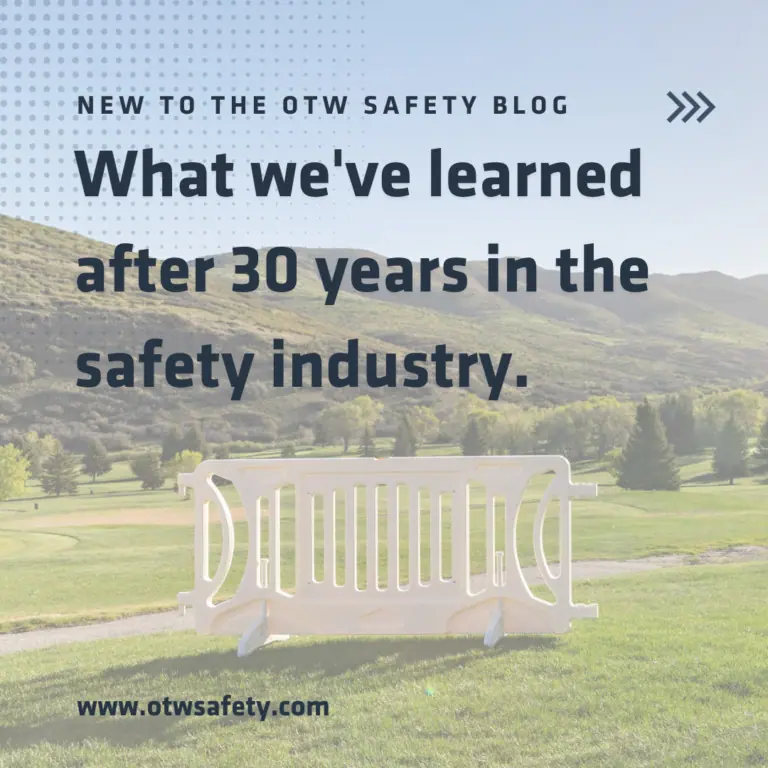
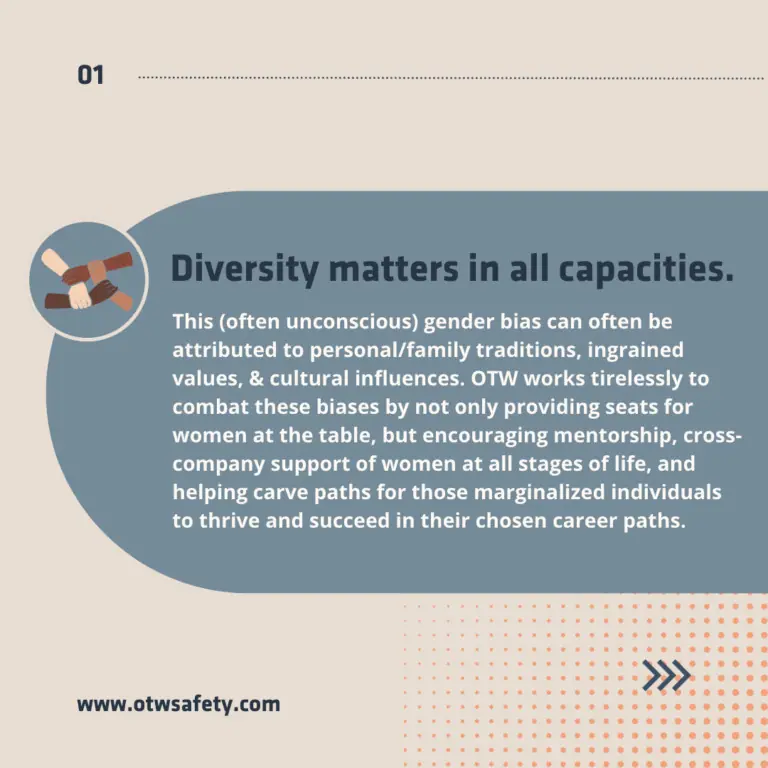
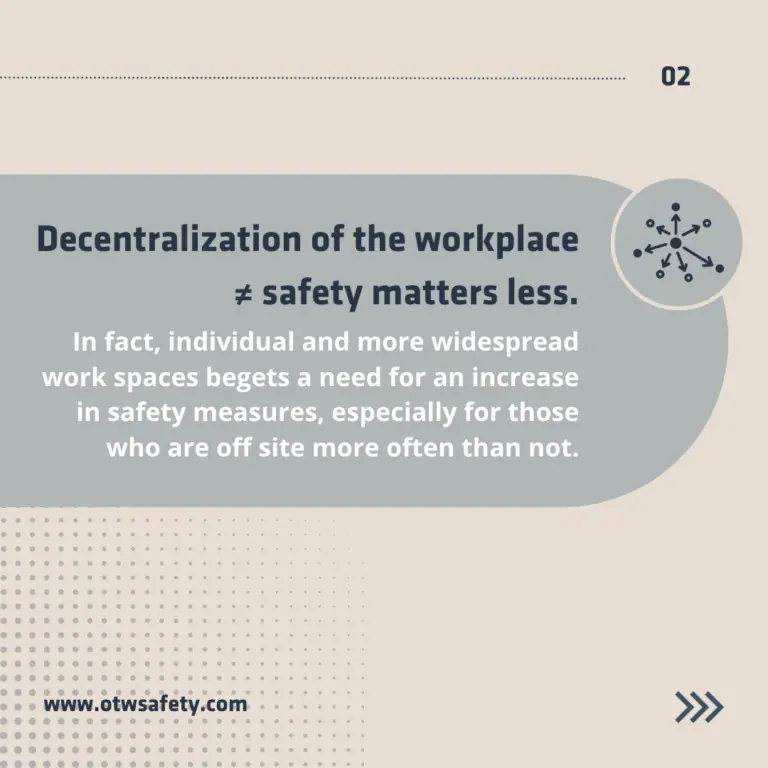
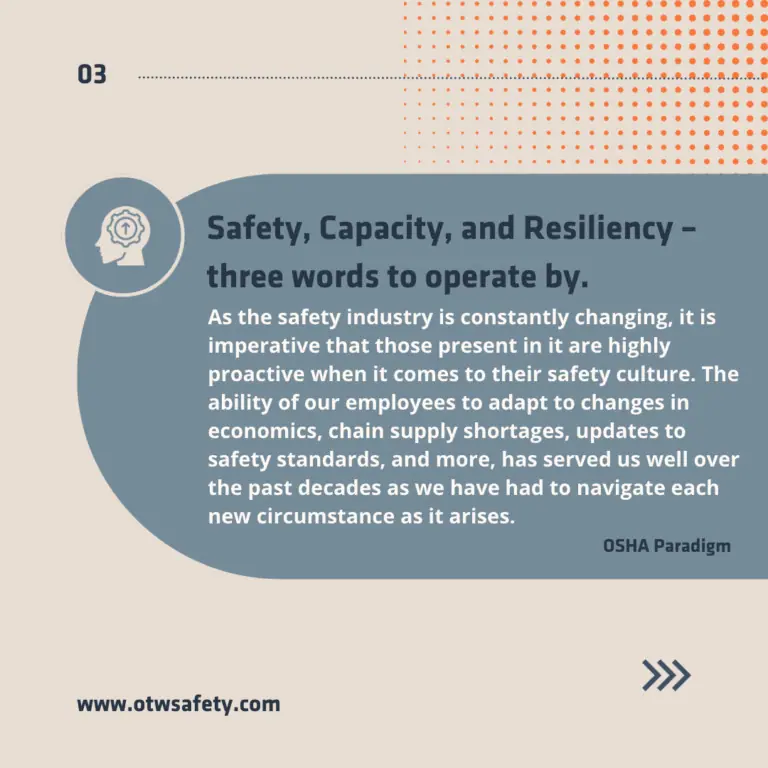
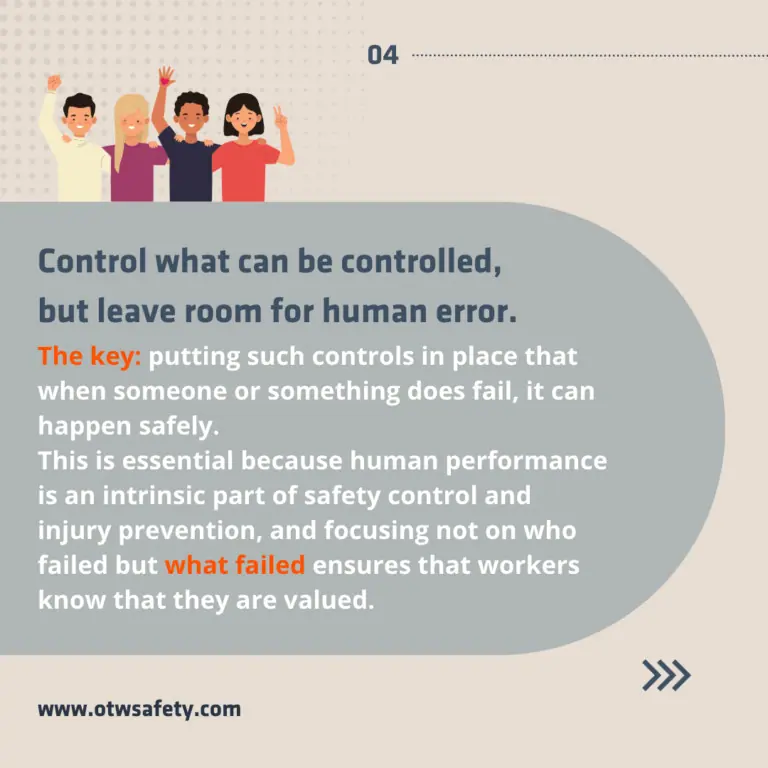
Safety, Capacity, and Resiliency – three words to operate by.
Safety is one word we live by at OTW, and it is our highest priority to ensure that the products we manufacture are the best quality in the industry, that our employees are empowered during their time on the job, and that everything we do is steeped in a culture of safety. OSHA recently announced a shift in best practice safety measures – from older measures of success, lost work days, and hours without injury – to a new paradigm that focuses on empowering workers to problem-solve while on the job, and having the resources they need in order to do so – they called the breakout session focusing on such a model “Safety, Capacity, and Resiliency”.
C.S. Holling stated that, “resilience determines the persistence of relationships within a system and is a measure of the ability of these systems to absorb changes of state variables, driving variables, and parameters, and still persist”. As the safety industry is constantly changing, it is imperative that those present in it are highly proactive when it comes to their safety culture. The ability of our employees to adapt to changes in economics, chain supply shortages, updates to safety standards, and more, has served us well over the past decades as we have had to navigate each new circumstance as it arises. Our employees aren’t just tools we use to get the job done, they are an intrinsic part of our brand and the reason we continue to exist. This means that we are responsible, as a company and as employees, for shifting gears and leaning into this new OSHA paradigm of “safety, capacity, and resiliency”.
Control what can be controlled, but leave room for human error.
In terms of safety, you can prepare as much as possible and still find that errors and accidents occur. The key: putting such controls in place that when someone or something does fail, it can happen safely. This is essential because human performance is an intrinsic part of safety control and injury prevention, and focusing not on who failed but what ensures that workers know that they are valued. Getting ahead of the game and working to alleviate potential injuries and hazards is the best way to prevent them – being proactive in risk prevention and controlling what can be controlled (yet allowing for the fact that humans make mistakes) goes a long way towards creating a workplace that is fully committed to their safety culture. When the entire workforce is engaged in pertinent safety conversations and cultivating collaboration, chances are good that the overall safety of the organization will remain high!
Our dedication to safety is decades strong.
While we have learned much throughout our decades in business, we remain cognizant of the fact that there is always more to learn and room to grow. We are dedicated to the continual growth of our brand, and to always prioritizing safety in everything we do.
We are honored each time someone choose to partner with us – in purchasing and bringing barricades to organizations, events, and businesses around the globe, in coming to work every day with problem-solving attitudes and great work ethics, and in organizing, creating, and hosting incredible events that highlight the importance of safety every day.

